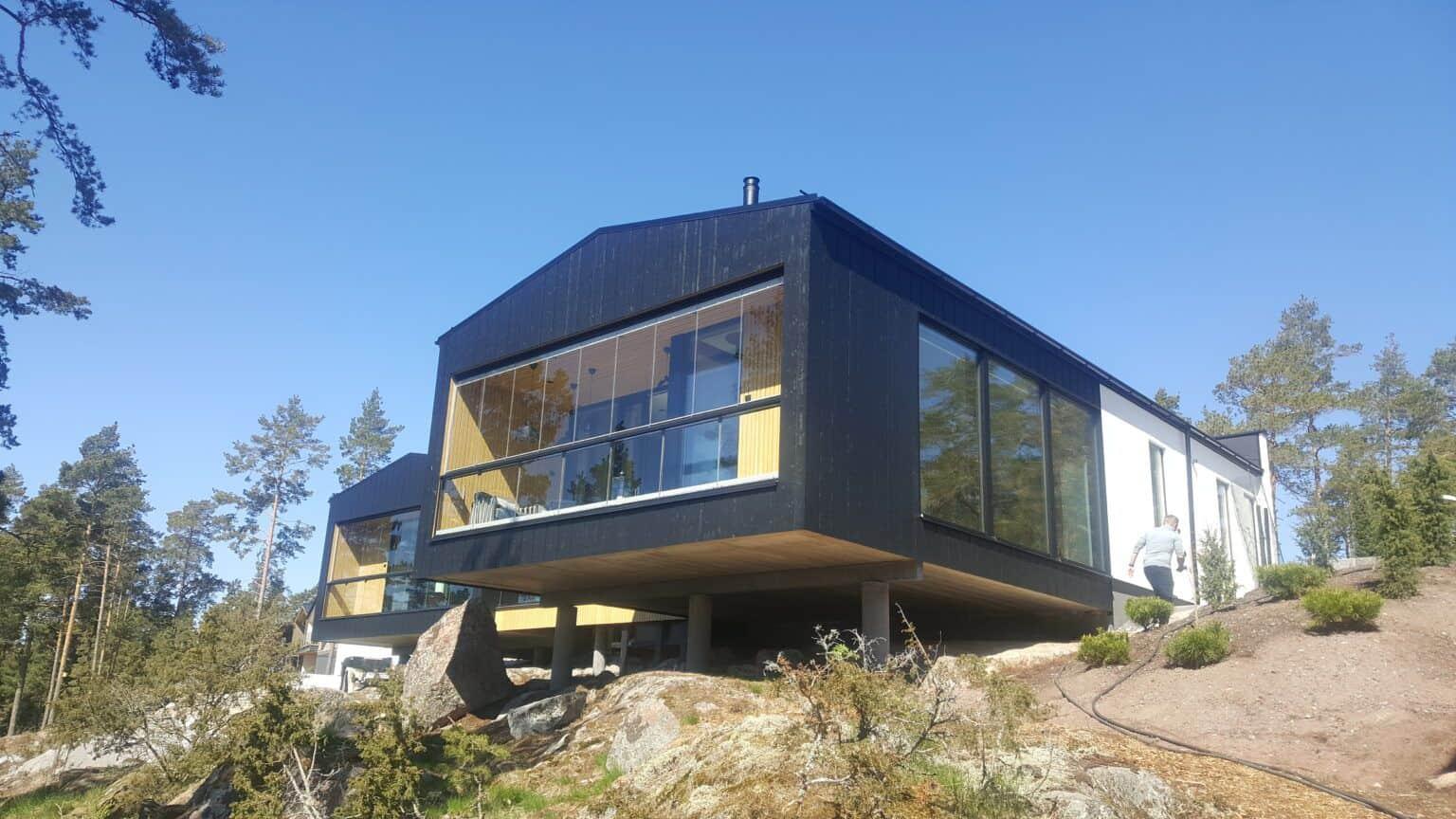Wood has remained a very stable building material in recent decades. However, the increase in renovation construction triggered by the interest rate pandemic and the sanctions on Russian lumber imports caused by the war in Ukraine had a strong impact on the price of lumber.
Lumber prices more than doubled during 2021, pushing up the prices of decking boards and interior and exterior cladding panels. Now the market has stabilised and wood prices are returning to their usual levels.
Wood product prices returning to their old levels
The price of sawn timber, which has remained high for almost two years, has slowed domestic demand for wood products. The corona pandemic pushed up the price of traditional spruce and pine planks from €200 to almost €500 per cubic metre. Sanctions on Russia pushed prices up again in early spring, when 13 million cubic metres of timber left the market.
- Lumber prices have fallen rapidly in recent weeks. This is now also reflected in the price of processed products, which have already fallen by more than 20%. The exclusion of Russia from the PEFC and FSC certification schemes created a market for uncertified timber, which is also contributing to lower timber prices," says Juha Sojakka, Managing Director of Siparila Oy.
The FSC and PEFC certification schemes monitor the sustainability of the economic use of forests, taking into account their environmental and social values.
Wood construction carbon sink
The return of wood prices to their old levels will provide opportunities for wood construction as concrete and steel prices remain high for the foreseeable future. Wood construction also helps Europe in terms of emissions, as each cube of wood in a building sequesters almost 1,000 cubic metres of carbon dioxide.
- It is also important to remember that at the end of their life cycle, wood products can be recycled or converted into energy. Wood energy is renewable energy and a substitute for fossil fuels. Using wood is therefore a good way to compensate for any additional emissions from energy production," says Sojakka.
The amount of carbon dioxide stored in wood is also many times greater than the emissions from the manufacture of wood products.
For more information:
Juha Sojakka, CEO
tel. 044 333 4610
email juha.sojakka@siparila.com


